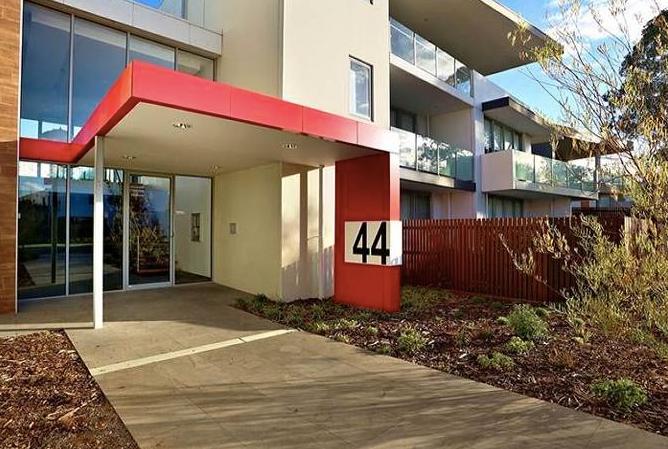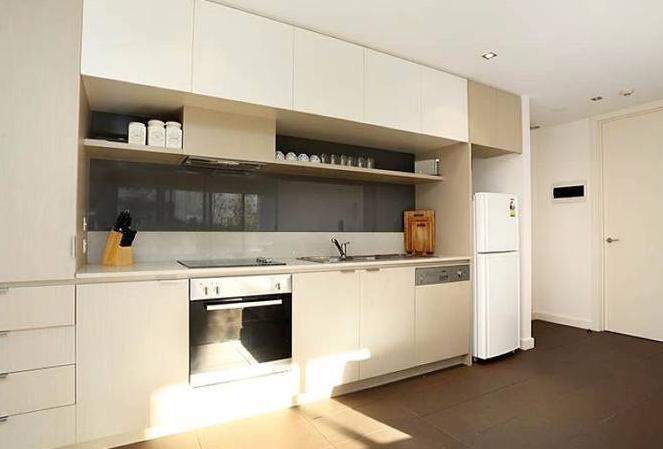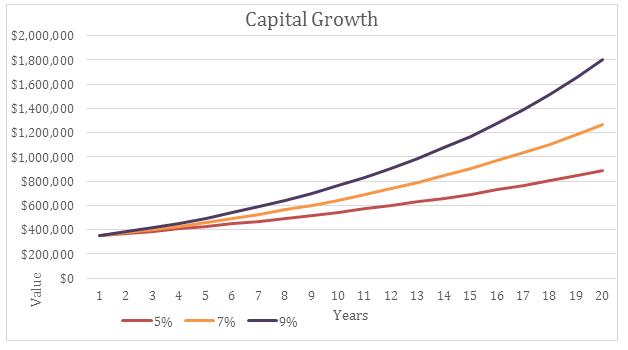When do you cut your losses and sell?
If a property in your portfolio is underperforming, how do you work out what's going wrong – and when should you give up and move on?

Blogger: Amy Mylius, buyer's advocate, Cate Bakos Property
The situation
My friend Neda came to me recently asking for advice – should she sell one of her investment properties? On paper, it looks like a good property. It is currently delivering a gross rental yield of 5.2 per cent (a positive cashflow), which means that after rent in and expenses out, Neda has a surplus remaining. She hasn’t experienced any vacancies and her tenants have been great. But the problem is that she purchased the property off the plan in 2009 for $350,000 and today it’s still worth the same price. There are huge concerns with a property which hasn’t delivered any growth within a five year period – especially considering the long term average growth rate within the 12km radius of Melbourne sits around eight per cent. So what went wrong?

The background
In 2009 Neda’s partner had been organising their super and life insurance through a financial planning company who had insisted that they take up the opportunity to buy a property off the plan in an upcoming estate. At the time, the Sydney Morning Herald described the estate at Willow Park in Maidstone as “diamonds in the rough”. The 500 unit development was pitched as a modern-day community with ‘a point of difference’. Yarraville was being touted in the press as the next big thing, and this estate which is located only a few kilometres away and close to a shopping centre seemed to be a good idea.
After a year’s delay of the proposed settlement date, Neda leased the property to friends for two years at $280 per week. When they moved out, the property manager struggled to lease it at the purported market rate of $350 per week. That’s when Neda started to feel the repercussions of buying in a big block with dozens of other identical properties, available for lease at any given time. The tenants signed onto a 12 month lease at $330 per week for 12 months, but when the time came to renew the lease, the tenant merely agreed to a slightly increased rate but wouldn’t sign a new 12 month lease. They held steadfastly to a periodic lease in order to exercise their options at a moment’s notice.


Buying off the plan
Falling prey to clever marketing tactics, combined with the temptation of stamp duty savings tend to result in purchasers paying over-inflated prices. Agents, accountants and financial planners often receive huge commissions and kickbacks from the developers to ‘recommend’ the properties to their clients.
The lack of diversity means that each individual property has no ‘scarcity’ value and the purchaser or tenant pool is diluted when they have a multitude of identical properties to choose from. In some situations where the market is strong, a purchaser can experience some capital growth in between the time that they purchase and when they settle. However if the market falls, or if they’ve paid too much to begin with, they can also face the unfortunate prospect of a bank valuation coming in at less than what they paid for the property.
In this situation the purchaser would have to come up with the difference to bridge the gap, or face defaulting on the purchase.
The ‘land to asset’ ratio for off-the-plan properties is typically very low, as developers aim to capitalise on space by building as many properties onto a block as possible. This means that in a block of 50 apartments, a purchaser would essentially ‘own’ 1/50th of the land. This is compared to an older block of the same size, say from the 1970’s, where there are only twelve apartments and therefore the purchaser would essentially own 1/12th of the land.
Land appreciates whilst buildings depreciate, so when considering a brand new property on a small slice of land, a purchaser is experiencing a heap of tax depreciation but at the expense of capital growth.
The capital growth
Maidstone itself is only 9 kilometres from the city but has no train station and no ‘village’ atmosphere. It lacks strong compelling drivers for high income earning professionals to want to buy or rent there and it isn’t in the same calibre as the booming inner western suburbs of Seddon, Yarraville, Spotswood and Newport. The ultimate goal of property investing is to achieve strong capital growth, whilst yield, depreciation and stamp duty savings are the tools and benefits used to buy and hold property.
The power of capital growth shouldn’t be underestimated – a small increase in capital growth compounds over time and results in a huge capital growth value in the long term. The graph below demonstrates a $350,000 asset experiencing growth rates of 5, 7 and 9 percent.
The decision
Usually I’d encourage someone to hold onto their property, as the costs of buying and selling can erode an investor’s profit when stamp duty, capital gains tax and agent selling costs are taken into account. But the point of buying an investment property is to have an asset which is growing in value. Facing an outcome of limited growth and little potential for future growth, combined with some personal debt and the uncertainty of her tenants’ length of tenure led, Neda to make the decision to sell her Maidstone property and redirect funds into another property with a better growth outlook. Her agent has suggested a February auction after taking into consideration that there’s around a dozen identical properties on the same street for sale right now.
The future
Stay tuned for my second instalment…. Neda’s sale result and next purchase!




